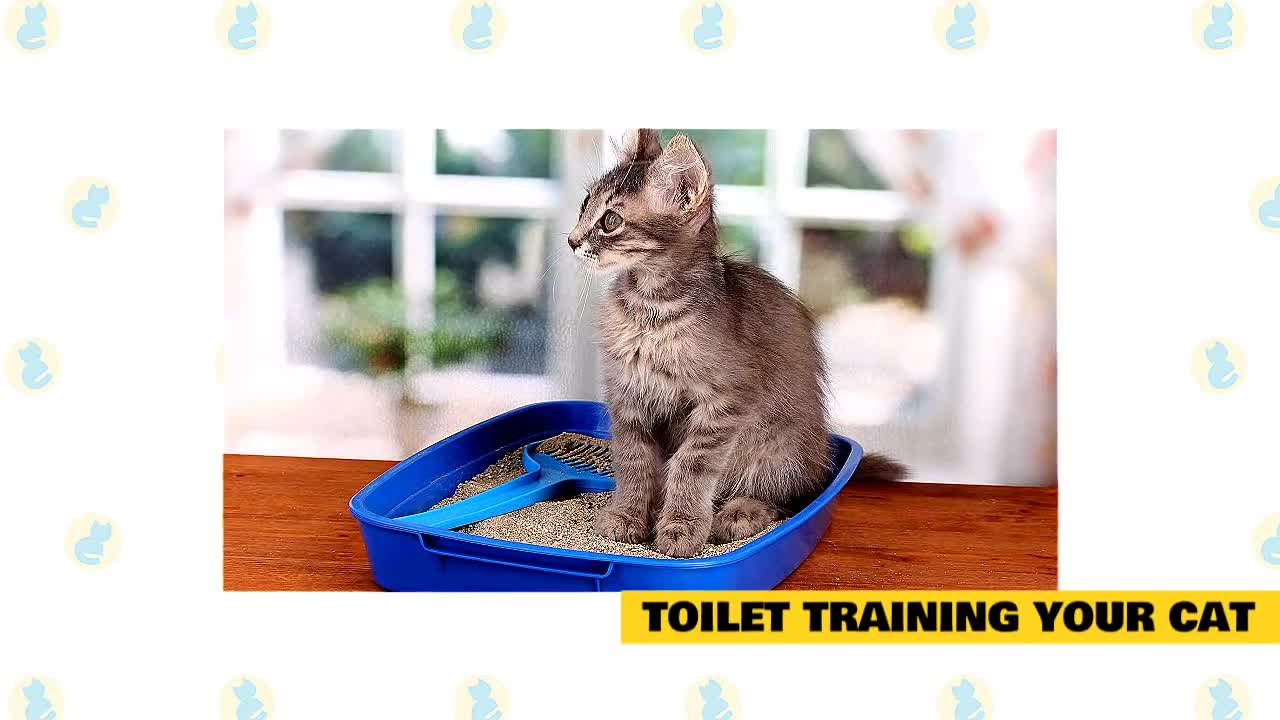Premium Only Content

Cats 101: Basic Cat Training Tips
In today's video, we will talk about Basic Cat Training Tips. Cats are very independent animals, and many cat owners will tell you that it is this independence that makes cats such comfortable companions around the house. Cats don't demand attention like dogs do. And, unlike dogs, most cats don't go out of their way to get your approval, they'll often wait for you to come up to them rather than running around trying to get your attention. All of this means that cats are very easygoing, well-mannered, and self-contained creatures. But it also means that training a cat can be difficult. If you and your cat disagree about a certain behavior, You may have a hard time getting him to do things your way. However, do not despair, it is not impossible to change the behavior of your cat. Perhaps the first training you will want to give your cat is using its litter box, for very obvious reasons. Can cats be trained? The answer is definitely "Yes!", but that has to be done on cat terms. Everything in this video is designed to help you see the world from your cat's point of view, which is an important key to training. You can train your cat to jump over hoops or roll over on command. However, the more valuable goal of the training is to teach him to stay within the limits of acceptable behavior in society. Garbage Box Training. Training a cat to use a litter box is usually not difficult. Cats are generally clean by nature and have a natural tendency to bury their droppings. Use these steps to train your cat to start using the litter box. Place your cat and a clean, coverless litter box in a confined area, such as a room in your home. Make sure your cat has plenty of food and clean water. If your cat 'goes' out of the box, place the litter in the litter box. Usually, within a day or two of being confined to the litter box, the cat will begin to use the box regularly. If your cat hasn't used the box in a few days, try this. After the cat has eaten, place the cat in the litter box and lightly scratch the surface of the litter with your fingertips. If it's still prohibited, make sure the box is clean. If it's been used before, clean it with baking soda and fill it with clean trash. You can also try several different types of litter, sometimes a cat will be fine with one brand and lift their nose at another. Also make sure the box is located in a quiet and secluded place. If nothing else works, consult your veterinarian. Sometimes an underlying medical problem can be the cause of a cat's reluctance to use the litter box. Finish scratching the furniture. Scratching furniture is a natural cat behavior. They scratch to exercise their claws, exercise, mark territory, and just because it's fun. Remember, yelling or hitting doesn't work. Try these tips instead. Trim your cat's claws and channel the energy back into scratching posts or cardboard scratch pads. Praise your cat and give her a treat whenever you see her using a scratching post. Make your upholstered furniture less attractive by using double-sided tape or spraying cat repellent around the area where your cat is scratching. Behavioral Training. If your cat is doing some things you really want to not do, there's a good chance you can get rid of the bad behavior. But first, try to understand why the cat behaves the way it does. There's a reason, and from a cat's point of view, of course, the behavior makes a lot of sense. For example, if a cat claws at your furniture, it is driven by instinct to do so. It needs to scratch something, it's a survival instinct. It doesn't have to be your furniture, but something. So there's not much chance of getting your cat to stop scratching. But you can train your cat to focus its clawing instincts on an acceptable object, such as a scratching pole. Train your cat to behave appropriately by using positive reinforcement, not punishment. Do not hit the cat while scratching the furniture. Cat Scratching Post. Spend some time near the post to encourage your cat to interact with it. Play with the cat near the pole and incorporate it into your game. The most important step is to reward the cat every time your cat uses the pole. Keep a good treat nearby and give it to your cat whenever you see it scratching the pole. After your cat has used the claw post you provided, You can teach him that there are other things that are forbidden. Copyright Disclaimer: We respect the copyright interests of the individual owners in the video and do not claim to own the original photo.
-
 2:22:54
2:22:54
WeAreChange
3 hours agoLiberal Media COLLAPSING! Begging For Forgiveness!
31.1K14 -
 17:25
17:25
TimcastIRL
11 hours agoDOJ, FBI Officials Are LAWYERING UP, FEARING Prosecutions From Matt Gaetz & Trump
37.8K138 -
 LIVE
LIVE
The StoneZONE with Roger Stone
3 hours agoAmerica’s Political Realignment – Democrat Gov. Rod Blagojevich Joins The StoneZONE w/ Roger Stone
1,024 watching -
 13:50
13:50
Tundra Tactical
3 hours ago $0.28 earnedILLINOIS Assault Weapon Ban OVERTURNED!!! (for now)
3.4K1 -
 54:36
54:36
LFA TV
1 day agoTrump Dance Syndrome | Trumpet Daily 11.19.24 7PM EST
15.7K1 -
 1:31:38
1:31:38
Redacted News
5 hours agoBREAKING! NATO ATTACKS RUSSIA & DEFIES TRUMP'S CALL FOR PEACE, PUTIN NUCLEAR RESPONSE | REDACTED
143K326 -
 10:05
10:05
The Gun Collective
5 hours agoAre Gun Companies SMOKING DRUGS? - TGC News!
12.5K6 -
 1:24:24
1:24:24
Criminal Content
5 hours agoTHE DARK KNIGHT (2008) Movie Reaction w/ Coby FIRST TIME WATCHING
32.6K8 -
 48:21
48:21
FULL SEND PODCAST
5 hours agoStephen A. Smith Calls out the Democrats and REVEALS LeBron Will Retire Next Year!
46.4K1 -
 51:14
51:14
Candace Show Podcast
5 hours agoBREAKING! Diddy Private Investigators Offer Money To Influencers | Candace Ep 106
103K332